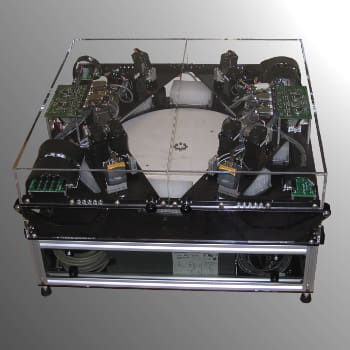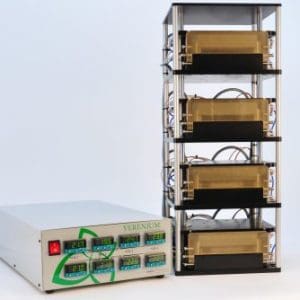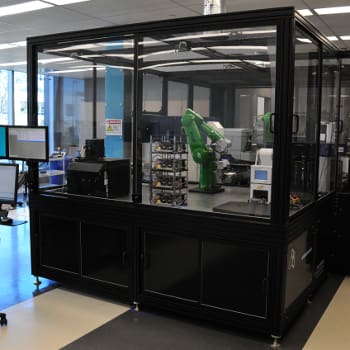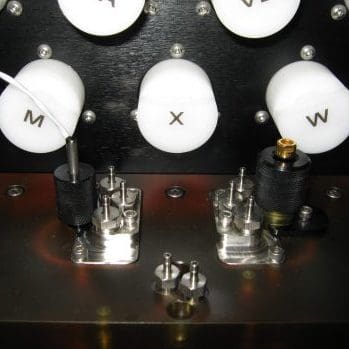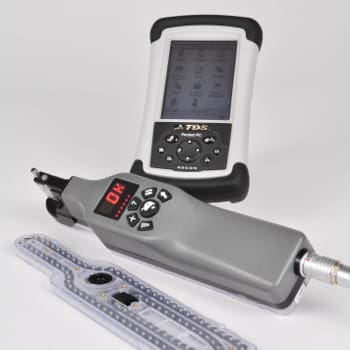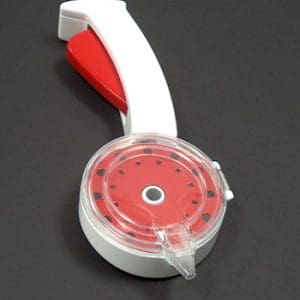THE GIGAMATRIX ADVANTAGE RESTS ON CUSTOM MICROPLATES AND STATISTICAL METHODS
THE CLIENT’S NEED
Diversa (now BASF), a company in the business of discovering and commercializing enzymes, had developed a proof-of-principle breadboard to validate their proprietary high throughput enzyme screening technology and was ready to develop a production system with the typical part handling, throughput, and user-interface refinements. Their goal was to develop a system that could be sold as a research instrument, and that could be used to provide enzyme discovery services, though the primary use would be for the development of proprietary enzyme products. NOVO was contracted to develop the production system.
HIGH-THROUGHPUT ENZYME SCREENING TECHNICAL CHALLENGES
At the heart of the system was a custom, high-aspect ratio, capillary array well-plate with up to one million wells in a 3” x 5” format. The manufacturing process for the plate and the kinematic mounting of the plate in the system were some of the technical challenges. Because the wells were in an irregular pattern, a vision system would need to be used to locate the wells for sample recovery. Positioning accuracy, motion control, vibration isolation, and system dynamics were critical design areas to achieve the necessary throughput.
Additional challenges were related to creation of a light-tight enclosure to enhance the fluorescence detection; the need for automatic exchange of consumables in the fluid path; and ensuring access for loading and unloading of microplates and fluid consumables. There was also a need to achieve a high-impact industrial design. It goes without saying that this technically challenging project also had a very aggressive schedule.
THE ENGINEERING BEHIND GREAT PRODUCTS
The resulting design required a number of custom developed subsystems, including the gripper mechanism, vacuum-based sample recovery system, lens filter carousel, kinematic plate mounting, custom microplate and frame, optical tip calibration system, and mechanisms to aid in the automatic exchange of pipette tips. High-precision linear and rotary stages were integrated to provide the resolution and repeatability that was driven by the requirement to center the recovery pipette over the 50 micron diameter plate wells.
NOVO met and exceeded client expectations every step of the way. A single camera and beam steering optics were used for both sample identification and needle tip calibration. With this system, micro-level accuracy was achieved in three dimensional space to allow the needle tip to be centered over the 50 micron well plate holes so that the needle could form a seal around the wells for recovery of fluorescing samples. Sample identification was enhanced by a programmable system to alternate filters in front of the camera sensor. All process steps after initial loading of samples and consumables were automated to allow unattended operation.
The system met all performance requirements, and the development remained on schedule. After successful acceptance testing, several additional systems with new features and enhancements were ordered, and the GigaMatrix equipment became one of the main attractions of tours given to investors and visiting scientists.
A number of patents related to the capillary array microplate design, the enzyme discovery process, and specific methods were awarded, including U.S. patent number D 480 814.



